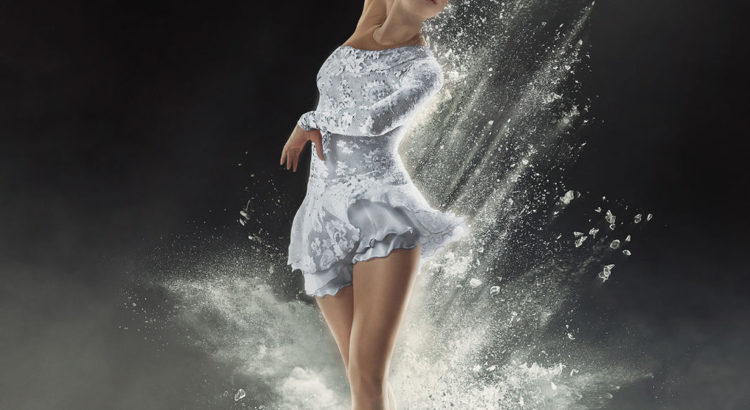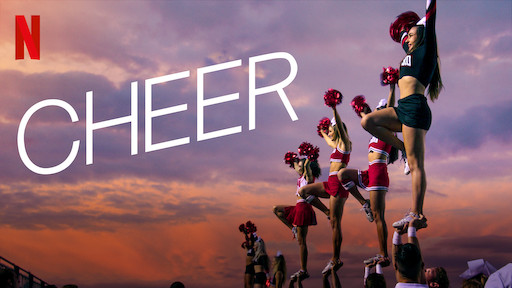To baseball fans, MLB’s annual spring training is almost romantic. After a long winter without baseball, spring training finally marks the sport’s return.
Emily Nemens’ novel The Cactus League digs into the darker side, the hopefulness of baseball’s spring training replaced by a cast of characters all struggling in their own way.
The book reads less as one overarching story and more as a series of interconnected character studies. Each chapter focuses on one person connected with the Los Angeles Lions baseball team during its spring season in Scottsdale, Arizona. Each story stands on its own but focuses on a central thread: how the divorce of star player Jason Goodyear happened. Goodyear’s fall from grace is revealed bit by bit from the perspectives of those around him before finally telling it from his perspective.
The Cactus League is a baseball novel that clearly understands baseball. The game scenes are realistic, and more importantly, the book has a good grasp on baseball’s social scene. Many who have a connection to baseball are part of the story — the aging batting coach, the high-powered agent, the rookie fresh out of college, the “cleat-chaser,” the baseball wives. Each character has a vice and all are somewhat unlikeable, yet their individual arcs were compelling enough to keep me reading.
I was able to figure out (for the most part) what was going on with Goodyear halfway through the novel. It was unclear if that was the intention or not and the heavy-handed foreshadowing did detract a bit from the intrigue. That said, the character development for the other characters was strong enough to stand on its own.
Overall, The Cactus League was a good read that transported me back to the spring training we missed out on this year. I love character-driven stories so it was really interesting to get inside the heads of a wide variety of characters. At the same time, I wished some of the explorations had been deeper. While the idea of class and what it means to be rich, poor or somewhere in between was observed at length, many of the characters also had preconceived notions about race and gender that I felt were left unexplored. Some of the characters were racist or sexist or problematic in other ways. I didn’t have a problem with that in itself — people in general are often racist or sexist and that shouldn’t magically change in a book — but given the depth with which class was explored, I wanted to see more in the other areas as well.
While most of the book felt only loosely connected, the ending to The Cactus League was the payoff. It brought together many of the characters from the earlier stories and showed how in the cactus league, everyone’s lives were affected by the others and everyone had a different piece of the story. Not every character had their arc resolved, but the ending was a provocative conclusion to the main spine of the story.







